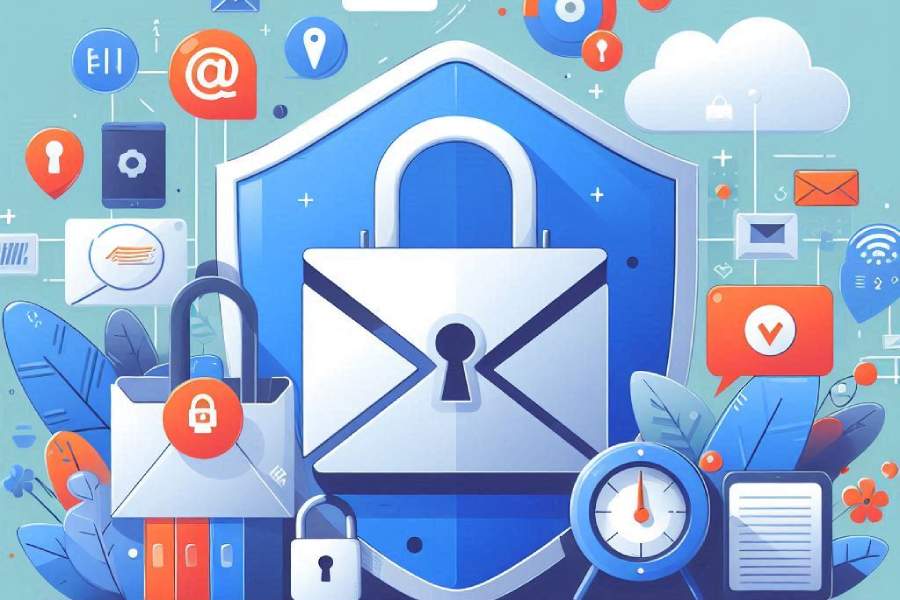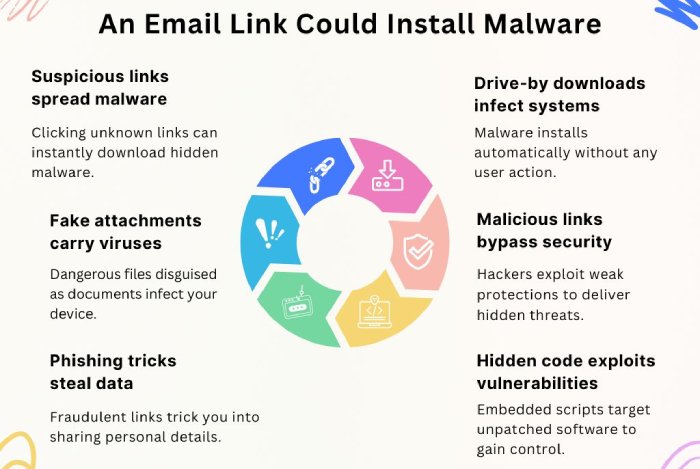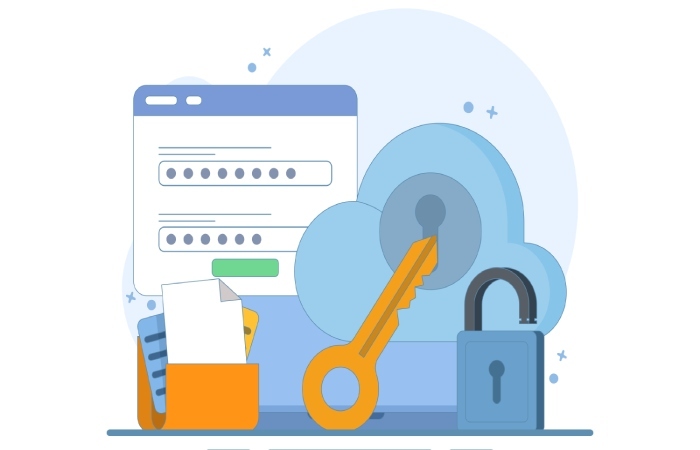What would happen if top brands didn’t use DMARC?
Think of brands like Samsung, eBay, Amazon, and Hulu. These brands are undoubtedly some of the biggest names in their respective industries and have been around for years, which means you can easily trust them with your personal information and data without a second thought.
But what if these brands didn’t follow basic practices that help maintain trust, especially when it comes to their emails?
Yes, we’re talking about authentication protocols like DMARC. What if these brands never bothered to authenticate their emails? In that case, you’d still receive emails from them with the same sender name, the same tone, and even the same formatting.
But chances are, it’s a cyberattacker posing as your favorite brand. After all, without DMARC, there are no checks, no validation, no safeguards. Without it, even the biggest, most trusted brands would be vulnerable to impersonation. And if they’re at risk, so are their users; not because they slipped up, but because the brand didn’t lock the front door.
In this article, we’ll explore what could happen if these brands failed to authenticate their emails with DMARC. But before that, we will understand what this protocol is all about and why even big brands need it.
What is DMARC, and why do even big brands need it?
You might think that giants like Amazon, Hulu, and Samsung already have access to such huge teams, tools, and budgets allocated to securing their email infrastructure, so why would they need a simple tool like DMARC?
DMARC is not just a ‘nice-to-have’ security measure anymore; it’s a baseline expectation even for big organizations. As a protocol that builds on SPF and DKIM, DMARC tells email providers how to handle messages that fail authentication, whether to block them, quarantine them, or let them through. In simple words, it helps a brand say: “If this email isn’t really from us, don’t deliver it.”
Without DMARC, anyone can send an email that looks like it’s from “support@hulu.com,” and most inboxes won’t even question it. And when the recipient actually opens it, thinking it’s from the trusted OTT platform, they might end up clicking a malicious link, sharing personal information, or downloading malware.
The real reason why even these resource-rich companies implement DMARC is that they understand that they must actively work towards defending their brand, especially in something as targeted and vulnerable as email.
What are the consequences of the No-DMARC approach for big brands?
Consider the worst-case scenario— top brands not prioritizing all-around email authentication. There’s a lot that can go wrong. Here’s a glimpse of what could happen if each brand skipped DMARC authentication:
Samsung: “Your Galaxy account needs Verification—click to confirm.”
You might receive such an email, but it may not be from Samsung at all. It could be a cyberattacker spoofing Samsung’s domain to send out fake emails like this. The email might look authentic with the same sender name, logo, and style, but the link might lead you to a phishing site designed to steal your credentials.
As a user, you might think that you’re opening a reliable link from a major tech giant, but in reality, you’d be handing over your sensitive information to the attackers. For Samsung, the result is a loss of trust and widespread user compromise.
Hulu: “Payment failed—update your billing info now!”
An email like this creates urgency— your subscription is at risk, and you’re told to act fast. But if Hulu hasn’t implemented DMARC, that email could very well be from a cybercriminal. It might be a link to a fake payment page, made to collect your credit card details.
As a user, you think you’re just fixing a billing issue. But what’s really happening is that your financial data is being harvested by attackers. For Hulu, this leads to angry users, support tickets, and the risk of being labeled “unsafe”, even if the brand wasn’t directly at fault.
Amazon: “Track your recent order—click here.”
Let’s say you just placed an order. An email pops up saying your package has shipped, and it looks exactly like something Amazon would send. But without DMARC in place, that email could be completely fake. And the tracking link in the email might just be a link that installs malware on your device when you click on it.
Since these messages look so real, there is hardly any chance that a user spots a red flag or thinks twice before opening it. And when things go wrong, they don’t blame the attacker; the blame is on Amazon for not securing their emails and putting their users’ security at stake.
BMW: “Limited offer: Reserve the new model online”
As exciting as it sounds, such offers could be attackers’ way to grasp your attention and make you fall prey to their malicious tactics. This is very much a possibility if companies like BMW do not implement DMARC. In that case, anyone could send emails that look like they’re from BMW, asking for booking payments or personal details. What’s worse is that some users might even end up paying the booking amount, thinking it’s real. And once again, the brand’s name gets dragged into a scam it didn’t even send.
DMARC is the answer
Imagine if big brands like Samsung, BMW, and Amazon are susceptible to such grave attacks; it would be naive to think that the attacker might never target you. These attackers are always on the lookout for lucrative targets and devising new ways to deceive unsuspecting users.
So, no matter how big or small your brand is, the only way to really protect your email-sending domain from being spoofed or misused by attackers is by implementing DMARC. This authentication protocol is like a gatekeeper, making sure only legitimate emails sent by your organization (or authorized senders) make it to the user’s inbox. And when configured properly, DMARC not only blocks fraudulent emails but also gives you visibility into who is trying to misuse your domain.
Need help implementing DMARC for your domain? Get in touch with us today with DuoCircle!




